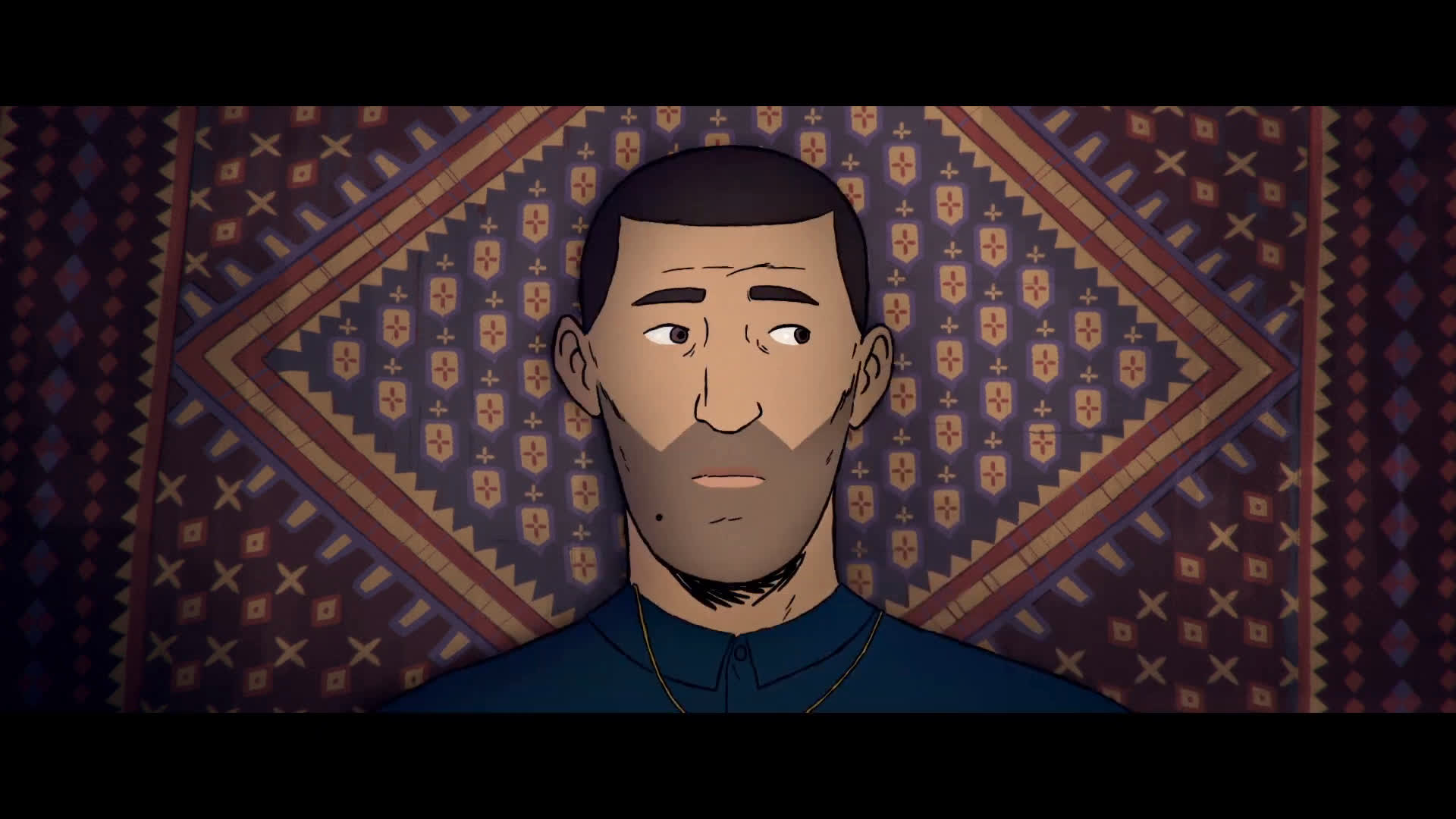Up until Flee, movies about refugees were either told from the perspective of documentarians going into places where they exist, or straight up fictionalized stories. Rarely do these heroic people come forward to tell their own stories, in their words. Well, props to Jonas Poher Rasmussen, documentarian of Flee, for finding a new way into helping these souls get their necessary stories onscreen for all to see. Flee makes you understand why stories of refugees don’t usually come directly from the source, uncovering some of the personal struggles that go along with the truly harrowing real life ones to simply get to live a life.
The subject of Rasmussen’s doc is Amin Nawabi (name changed for safety, but everything else is true). Nawabi grew up in Afghanistan, just as the Soviets were leaving, and the country was about to plunge into civil war (that goes on still today). Amin’s family (mom, dad, two older brothers, two older sisters) unfortunately were seen as supporters of the collapsing regime, and the new government was insistent on removing potential threats, making the Nawabi family targets. With no other choice after witnessing some deaths in the family, Nawabi fled Afghanistan, where you could say his tale was just beginning…
I never really thought about why refugees were never really given a chance to tell their own stories before. Flee reminds you why. A refugee’s way of life is built upon two steadfast rules: don’t trust anyone and made up backstories. It’s heartbreaking to watch Amin come to terms with all the lies and fear he had been living in for so long. But as a refugee, he had no choice: so he had to convince himself he was this entirely different person. It also didn’t help that he knew he was gay, which only added another layer of himself he buried deep inside himself. The persona awakening Amin goes through over the course of Flee was only possible because of at least a decade of time away from his journey to where he is at the start of the doc. Each lie disposed of is like a plot twist in this movie, as Amin finally sheds the deceptions he’s told even those he trusted and you can feel this weight being lifted off of his shoulders.
The animation choice by Rasmussen is a clever, bold swing. It was probably the only way he could convince Nawabi to tell his tale, so thanks to him for compromising. However, there’s always a risk that the animation depersonalizes Nawabi, tricking the audience into believing this isn’t a real person. To help bridge the gap, Rasmussen intercuts real footage (not of any of the refugees) of Afghanistan, and all the other places Amin spent his time to remind you that this is a real story. The animation also allows some creative liberties, as Rasmussen can reenact scenarios Amin must have told him to give the audience an idea of Amin’s day to day living situation, while flourishing a little by showing corrupt police like demons or preventing extreme depression from the darkest moments of Amin’s survival. These choices turn Amin’s tale into a real story, with plot twists, “characters”, and emotional catharsis, making sure that the reality is not drowned out by the animation.
Most importantly, for anyone who knows little about “illegal” immigrants other that the illegal word, I would consider Flee required viewing. This movie should be mandatory viewing in high schools, so people can understand the depth of the plight of these courageous people, constantly fighting for simply the chance at life. Flee will make you look at your life, and your issues, a little differently, and give you hopefully eons more empathy towards someone who claims they are a “refugee” or “immigrant” when really all that means is a person, like you.

